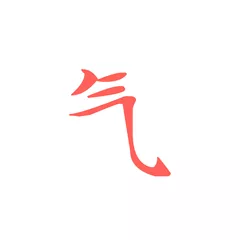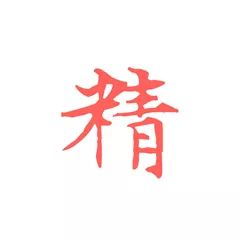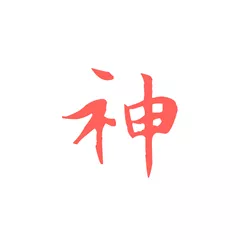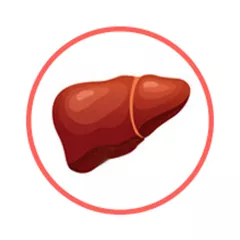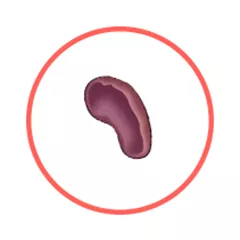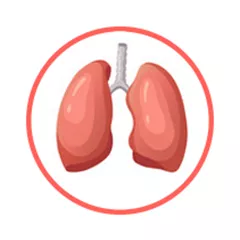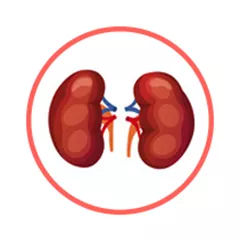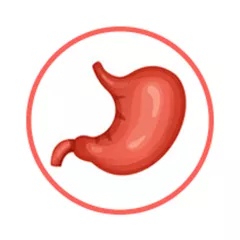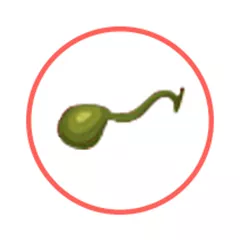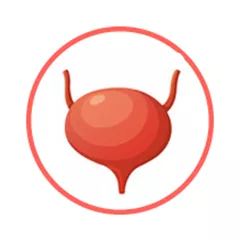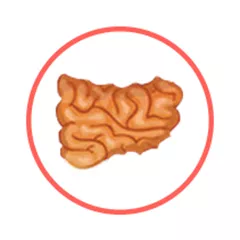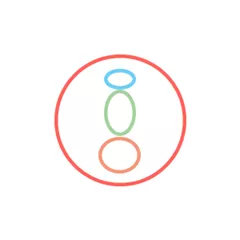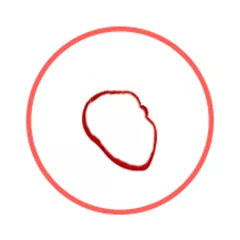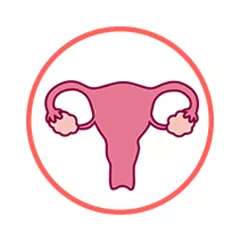Chinese Medical theory is rooted in ancient Chinese philosophy, namely Confucianism, Taoism and Buddhism.
For instance Taoism believes that the nature follows certain rules (Tao, 道, means "the way") and that all phenomena, including human behavior, follow these rules. These 2'500 years old beliefs were a crucial conceptual underpinning for the emergence of Chinese Medicine whose very purpose is to discover those rules that pertain to the human body. In a way, it doesn't differ much from why modern science emerged since the Renaissance in the Western world: it emerged because Western thinkers started to understand that there were laws of nature that needed to be discovered.
Another key conceptual belief behind Chinese Medicine is the concept of oppositions (Yin and Yang, which we'll see in more details later). This is the belief that something simply cannot exist without its contrary: light has no existence without darkness, up means nothing without down, life without death, etc. This means that there is an inherent contradiction in all things and that there is always a struggle for balance and harmony in that contradictory relationship. This is key in Chinese Medicine: at its core it believes its very purpose is to help the body reach balance and harmony in its internal processes and between the body and its external environment.
A third key conceptual underpinning of Chinese Medicine is that of phases (Xing, 行). Phases are the sequential time-dependent relationships that are apparent in many processes such as annual climatic periods or growing seasons. It implies a dynamic, always-changing, rather than static view of the world. This is again extremely important for Chinese Medicine, in fact as we'll see later one of its most important theories is the 5-phases theory that explains the constantly evolving relationships in the human body.
With these three base beliefs out of the way, let us look in more details at the basic concepts in Chinese Medicine, starting with Qi, the fundamental substance behind everything.
Qi in Chinese Medicine
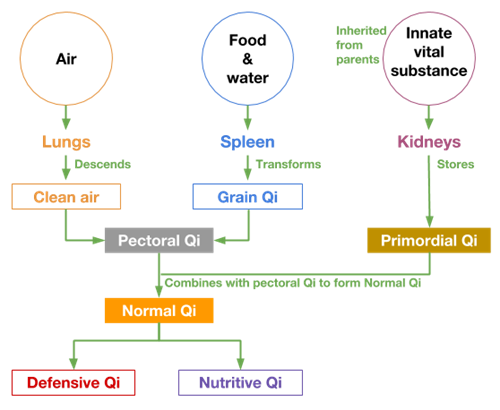
The concept of Qi (pronounced "tchee") is fundamental in the Chinese Medicine explanation of the world. Qi is often translated as "energy" or "vital essence" but it is much more than that.
Qi the fundamental substance that enables all things in the universe - material or immaterial - to exist and to constantly change. The Chinese character for Qi is 气 , the same character used for air or gas. This shows that it is thought to have a similar consistency and similar properties as air: invisible yet everywhere.
Chinese Medicine believes that Qi is one of the basic constitutive materials of the human body and that it maintains its vital activities. Without Qi, no life is possible. Everything in the human body is constituted of Qi: our Organs, Body Fluids, Blood, etc. It is often compared to the Western Medicine concept of ATP, the molecules that store and transport chemical energy within cells. It is however somewhat different because it is also used to refer to the physiological functions of Organs or other body parts. Kidney Qi will for instance have a different role than Heart Qi.
Read more about Qi in Chinese Medicine
Yin and Yang
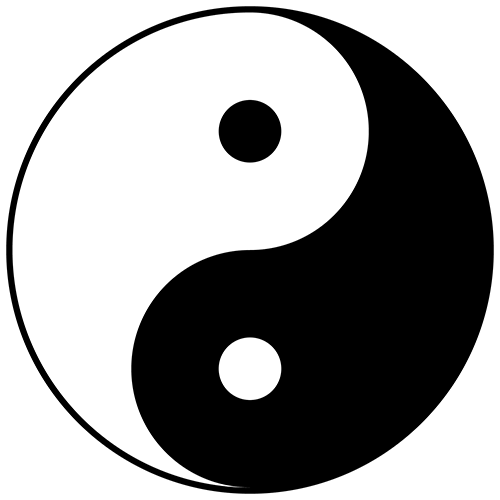
The Yin-Yang theory holds that everything in the natural world includes two aspects of Yin and Yang that are at the same time mutually antagonistic and unified. For instance what would joy mean without sadness? Or cold without heat? They're antagonistic concepts but they cannot exist without each others. The Yin-Yang theory holds that the opposite movement of Yin and Yang is the root cause of the occurrence, development, change, and demise of everything in nature.
The Huang Di Nei Jing, often considered as the Bible of Chinese Medicine, says: "Yin and Yang, the way of heaven and earth, is the discipline of all things, the parents of change, the origin of life and death." Therefore, the contradiction between Yin and Yang, the law of unity of opposites is the inherent law of everything in the natural world and the world itself is the result of Yin and Yang together.
Ancient Chinese doctors have widely applied the Yin-Yang theory to the medical field to illustrate the origin of human life, physiological phenomena, pathological changes, and to guide clinical diagnosis and prevention. The theory play a very profound role in the formation and development of the theoretical system of traditional Chinese Medicine.
The Five Phases Theory

In Chinese Medicine the Five Phases theory is used to explain relationships between Organs in our bodies based on what element characterizes them. At the core of the theory is the fact that the five elements affect each others in a "nourishing" or "suppressive" way. For instance Water is "nourishing" to Wood but "suppressive" to Fire. As such at the core of the theory there is the idea that Organs in our bodies are in a constant state of change and interdependence, with elements constantly getting nourished or suppressed by each others. The five elements are in constant search of a harmonic balance.
The body's Zang-Fu Organs are categorized by element based on what substance they're closest to. For example the Spleen's main role is seen as taking the nutrients from food and distributing them to other Organs. This is seen as similar to the nourishing role the soil plays with plants and the Spleen is therefore attributed to the Earth element. Similarly the Liver is attributed to Wood and the Heart to Fire. The Lungs make air "heavy" so it descends into the body; as such it is Metal. The Kidney's role is to regulate water and it is therefore attributed to Water.
Read more about the Five Phases Theory
Chinese Medicine's fundamental substances
According to Chinese Medicine, there are five fundamental substances. They are Qi, Blood, Body Fluids, Essence (Jing) and Shen (Mind or Spirit). They each have their own particular origins, functions and purposes, and yet are mutually interactive and supportive.
Click below to see the details behind each substance:
The body's organs according to Chinese Medicine
There are three types of Organs in our body according to Chinese Medicine: the Zang (脏) Organs, the Fu (腑) Organs and the so-called "Extraordinary Organs" (奇恒之腑, Qí Héng Zhī Fu).
Please note that, even though they often share the same names as the Organs we're used to in Western Medicine, the Zang-Fu Organs are quite different in their definitions. They refer to functional entities much more than anatomical features. To reflect this difference their names are often capitalized.
There are five Zang organs and six Fu organs. Each Zang Organ is paired with a Fu (aside from the Heart that is paired with two Fu Organs) and each pair is assigned a phase under the Five-Phases theory. Also, under the Yin-Yang theory, Zang Organs are considered Yin in nature while Fu organs are Yang.
The Zang Organs are thought to manufacture and store Qi, Blood and Essence. The Fu Organs have a somewhat secondary role since their function is to transmit and digest substances like food, water or waste.
Here are the five Zang-Fu Organ pairs with their respective phases:
- Spleen (Zang) and Stomach (Fu): Earth
- Lungs (Zang) and Large Intestine (Fu): Metal
- Kidneys (Zang) and Bladder (Fu): Water
- Liver (Zang) and Gallbladder (Fu): Wood
- Heart (Zang) and Small Intestine (Fu) (and, secondarily, Triple Burner, an Organ with no anatomical reality): Fire
The 6 Extraordinary Organs are quite diverse since they include the Brain, the Bones, the Uterus, the Marrow, the Vessels and... the Gallbladder again which is therefore both a Fu Organ and one of the Extraordinary Organs. The reason why is because, unlike the other Fu Organs, the Gallbladder doesn't process food or water and has no connection to the Exterior: its difference makes it extraordinary.
Click on any Organ below to see a detailed description of its roles according to Chinese Medicine:

